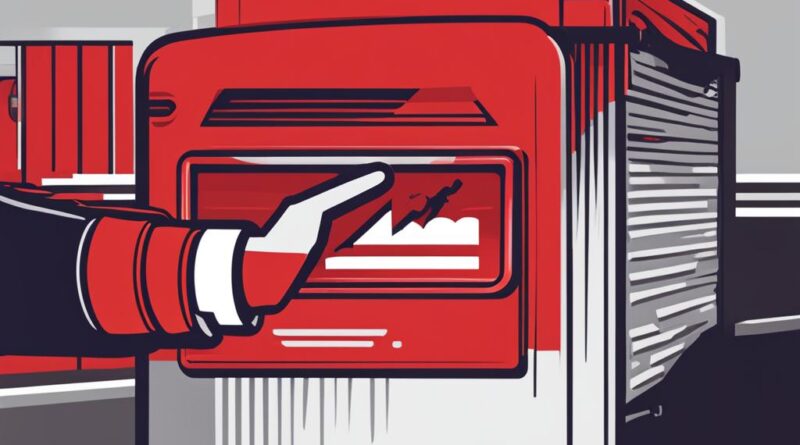Learn How to Remove from Docker PS -All: Simple Step by Step Guide
Docker, the leading containerization platform, provides a variety of commands to manage and orchestrate containers efficiently. One of the essential commands is removing a container from Docker PS -All. To remove a container, you can use the “docker rm ” command. This command allows you to delete a stopped container from the Docker PS -All list. By removing unnecessary containers, you can free up resources and maintain a clean Docker environment. Follow the simple step-by-step guide below to learn how to remove containers from Docker PS -All.
Key Takeaways:
- Removing unnecessary containers frees up resources and maintains a clean Docker environment.
- The “docker rm ” command is used to remove a stopped container from Docker PS -All.
- Regularly removing unnecessary containers ensures efficient container management.
- By mastering the “docker rm” command, you can easily remove containers from Docker PS -All.
- Optimize resource usage by removing unnecessary containers in your Docker environment.
Steps to Remove a Container from Docker PS -All
Removing a container from Docker PS -All is a straightforward process that can be accomplished using the docker rm command. Follow the steps below to delete a container from Docker PS -All:
- Open your command line interface, such as Terminal or Command Prompt.
- Enter the command
docker ps -ato view the list of all containers. - Locate the container you want to remove from Docker PS -All. Note down the container ID or container name.
- Execute the command
docker rm <container_id or container_name>, replacing <container_id or container_name> with the respective identifier. - Press Enter to execute the command. The container will be removed from Docker PS -All.
By following these steps, you can easily remove a container from Docker PS -All using the appropriate docker rm command. It is important to note that the removal process permanently deletes the container, so make sure you have no critical data or configurations stored within the container before proceeding.
Now that you understand the steps to remove a container from Docker PS -All, you can efficiently manage your Docker environment and free up resources by removing unnecessary containers. Regularly cleaning up your Docker PS -All list helps maintain a streamlined and organized container management system, ensuring optimal performance.
Conclusion
Removing containers from Docker PS -All is a crucial aspect of Docker container management. By deleting unnecessary containers, you can optimize resource utilization and maintain a well-organized Docker environment. The step-by-step guide provided in this article equips you with the knowledge of removing a container from Docker PS -All using the “docker rm” command.
Mastering this command empowers you to effortlessly remove containers and ensure efficient container management in your Docker environment. Regularly removing unnecessary containers enables you to take control of your Docker containers and maintain a streamlined operation.
Take charge of your Docker environment by applying the techniques discussed in this article. Eliminate container clutter, free up resources, and enhance the performance of your Docker containerization platform.
FAQ
How do I remove a container from Docker PS -All?
To remove a container from Docker PS -All, you can use the “docker rm <container_id or container_name>” command.
Why is it important to remove unnecessary containers from Docker PS -All?
Removing unnecessary containers helps optimize resource usage and maintain a streamlined Docker environment.
What is the purpose of the "docker rm" command?
The “docker rm” command allows you to delete a stopped container from the Docker PS -All list.
How can I keep my Docker environment organized?
By regularly removing unnecessary containers using the “docker rm” command, you can ensure efficient container management and maintain a clean Docker environment.
Can removing containers from Docker PS -All free up resources?
Yes, by removing unnecessary containers, you can free up resources and optimize their usage.




